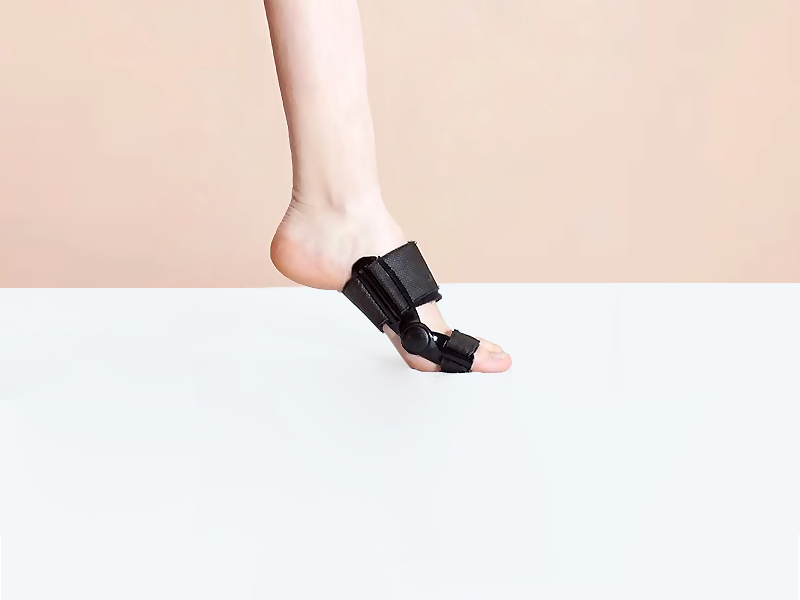How Is Turf Toe Treated?
What is Turf Toe?
To understand how turf toe is treated, you must first understand the condition. Turf toe is a term for sprained and damaged ligaments around the big toe. Although this injury is most commonly reported in football players, participants in soccer, basketball, wrestling, gymnastics, and dance also are at risk. Early treatment is important so as to reduce swelling and symptoms. Without prompt treatment, turf toe can result in excessive swelling and impaired flexibility of the toe joint.
While a damaged big toe can cause disruption to movement in the average person, for athletes, untreated turf toe can mean no more sports. In all cases, early treatment can prevent more serious damage and effective healing. Joint stiffness and pain are common symptoms. However, as the condition worsens, bunions can develop along with reduced push-off strength.
There are surgical and non-surgical options to treat turf toe. For non-surgical options, the treatment will depend on the grade of injury.
Turftoe Injury Grades
Treatments for Grade 1 injury:
- Non-steroidal anti-inflammatory medications to reduce pain and swelling.
- R.I.C.E (rest, ice, compression, and elevation) is important during the first 24 to 48 hours following the injury.
- Immobilization is essential to healing. To achieve this, start by taping the big toe to smaller toes. This not only prevents movement but it also reduces circulation and swelling.
- To protect the toe, look into orthotics. Specialized supportive shoes with turf toe plates (rigid carbon graphite inserts) restrict the movement of the big toe and protect against injury.
- After the initial rest and in 3-4 days, exercises are important to enhance the range of motion.
Treatments for Grade 2 injury:
With a grade 2 turf toe injury, doctors recommend resting, with no sporting activity for a length of time between 3 and 14 days. In addition to prolonged rest, you can try the following options to reduce foot pain and promote healing.
- In grade 1 injuries, it’s important to wear modified footwear. The use of a turf toe plate or Morton’s extension (carbon graphite plate that extends under the metatarsophalangeal, or big toe, joint).
- Your doctor may prescribe a walking boot.
- Progressive movement and exercises may be permissible so long as protection is available for the toe and joint. You must check with your doctor as to the type of movements and activities you can perform.
Treatments for Grade 3 injury:
Although this is a more severe injury, it can still be treated non-surgically. Immobilization will help manage pain for a few weeks. However, it’s important to use a walking boot or crutches for any movement. In addition, turf toe treatment can involve the following:
- Physical therapy to prevent stiffness and promote healing
- Rest from sports and physical activity for up to 8 weeks. Depending on the severity of the ligament damage, healing can take up to six months.
Surgical Options:
When non-surgical options are not working and the injury is more severe, your doctor may advise surgical treatment. Turf toe surgery is rare and is only recommended for significant grade 3 injuries. Examples of these more severe injuries include when the major plantar complex is torn or when there is a fracture in the small bones below the MTP joint (sesamoid fracture).
Following turf toe surgery, it is important to adhere to post-operative treatment to ensure proper healing and to prevent additional injury. Exercise should minimal and only started after a week of initial rest, post-surgery. You may also be required to wear a toe spica splint for a month to keep the toe flexed downward and immobilized. Do not apply weight to the toe at all for at least four weeks unless wearing a supporting boot.
After about 8 weeks, you can apply pressure to the foot with supportive footwear that has the appropriate turf toe plating and taping. You can begin physical activity based on your symptoms. However, any movement should be light or medium impact only until otherwise advised by your doctor.
When properly managed, turf toe can be healed within six months, but early management is essential to this. It’s important if you’ve had a previous turf toe injury to wear supportive footwear to prevent future damage and injury.

